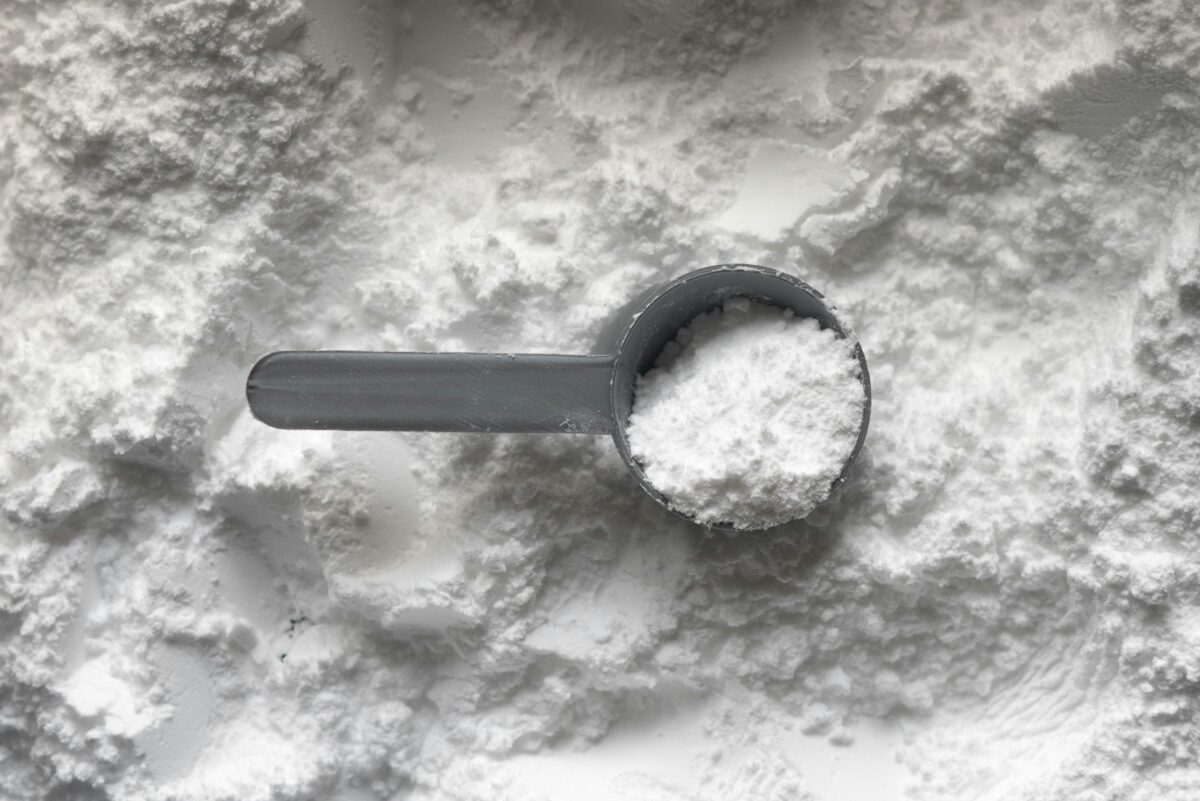Baking powder is a staple in many kitchens, essential for creating light and fluffy baked goods. However, running out of this crucial ingredient can be frustrating. Fortunately, there are numerous substitutes available that can effectively mimic its leavening properties. This article will explore various alternatives to baking powder, how to use them, and tips for successful baking without it.
Baking powder is a chemical leavening agent that combines an acid and a base, typically cream of tartar and baking soda, along with a moisture-absorbing filler. When mixed with liquid and heated, it releases carbon dioxide gas, which helps baked goods rise and achieve a light texture. Its role is crucial in recipes such as cakes, muffins, and pancakes, where a tender crumb and airy structure are desired.
Quick Reference: Best Substitutes for Baking Powder
- Baking soda and vinegar
- Baking soda and lemon juice
- Buttermilk
- Yogurt
- Self-rising flour
- Club soda
- Cream of tartar and baking soda
- Molasses
How to Substitute: Common Baking Powder Alternatives
Baking Soda and Vinegar
This combination is a classic substitute. The acid in vinegar activates the baking soda, producing carbon dioxide.
Use 1/4 teaspoon baking soda + 1/2 teaspoon vinegar for every 1 teaspoon of baking powder needed.
Baking Soda and Lemon Juice
Lemon juice serves as an acid that activates baking soda, similar to vinegar.
Use 1/4 teaspoon baking soda + 1/2 teaspoon lemon juice for every 1 teaspoon of baking powder.
Buttermilk
This dairy product is both acidic and moist, making it a great substitute.
Replace 1 teaspoon of baking powder with 1/2 cup of buttermilk. Reduce the liquid in the recipe by 1/2 cup.
Yogurt
Plain yogurt is another acidic ingredient that can replace baking powder.
Use 1/2 cup of yogurt for every 1 teaspoon of baking powder, and reduce liquid in the recipe accordingly.
Self-Rising Flour
This flour already contains baking powder and salt, making it a convenient option.
For every 1 teaspoon of baking powder, substitute with 1 cup of self-rising flour. Omit any additional salt in the recipe.
Club Soda
The carbonation in club soda can add lift to your baked goods.
Replace the liquid in your recipe with club soda, using 1 cup of club soda for every 1 teaspoon of baking powder.
Cream of Tartar and Baking Soda
This combination mimics the effects of baking powder very effectively.
Mix 1/2 teaspoon cream of tartar with 1/4 teaspoon baking soda for every 1 teaspoon of baking powder.
Molasses
Molasses adds sweetness and moisture while providing acidity.
Use 1 teaspoon of molasses combined with 1/4 teaspoon baking soda for each teaspoon of baking powder. Reduce other liquids in the recipe accordingly.
How to Use Each Substitute (With Measurements)
When substituting baking powder, it’s essential to adjust measurements carefully to maintain the desired texture and flavor of your baked goods. Here’s a breakdown of how to use each substitute:
| Substitute | Measurement Ratio | Notes |
|---|---|---|
| Baking Soda + Vinegar | 1/4 tsp baking soda + 1/2 tsp vinegar | Use for quick breads and cakes. |
| Baking Soda + Lemon Juice | 1/4 tsp baking soda + 1/2 tsp lemon juice | Great for pancakes and waffles. |
| Buttermilk | 1/2 cup buttermilk | Adjust liquids in the recipe. |
| Yogurt | 1/2 cup yogurt | Adjust other liquids as needed. |
| Self-Rising Flour | 1 cup self-rising flour | Omit additional salt. |
| Club Soda | 1 cup club soda | Use in recipes requiring liquid. |
| Cream of Tartar + Baking Soda | 1/2 tsp cream of tartar + 1/4 tsp baking soda | Ideal for cakes and muffins. |
| Molasses | 1 tsp molasses + 1/4 tsp baking soda | Use in cookies and rich desserts. |
Tips for Successful Baking Without Baking Powder
When using substitutes for baking powder, keep the following tips in mind to ensure successful results:
- Measure Accurately: Precision is key. Use measuring spoons and cups for accuracy.
- Mix Thoroughly: Ensure that the substitute is well incorporated into the batter or dough.
- Adjust Cooking Time: Some substitutes may alter cooking times. Keep an eye on your baked goods as they cook.
- Consider Flavor: Some substitutes, like molasses, can add distinct flavors. Choose substitutes that complement your recipe.
- Test Small Batches: If unsure, test the substitute in a small batch before committing to a larger recipe.
Substitute Comparison Table
| Substitute | Best For | Flavor Impact |
|---|---|---|
| Baking Soda + Vinegar | Cakes, quick breads | Neutral |
| Baking Soda + Lemon Juice | Pancakes, waffles | Light citrus |
| Buttermilk | Cakes, muffins | Subtle tang |
| Yogurt | Cakes, cupcakes | Tangy |
| Self-Rising Flour | Breads, biscuits | Neutral |
| Club Soda | Pancakes, fritters | Neutral |
| Cream of Tartar + Baking Soda | Cakes, muffins | Neutral |
| Molasses | Cookies, brownies | Rich, sweet |
Choosing the Right Substitute for Your Recipe
Finding a suitable substitute for baking powder can be straightforward with the right knowledge and preparation. Each alternative has its unique properties and applications, making them versatile options for various recipes. By understanding how to use these substitutes effectively, you can continue to enjoy baking even when you’re out of baking powder. Always consider the flavor and texture implications of each substitute, and don’t hesitate to experiment to find what works best for your favorite dishes.
